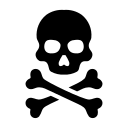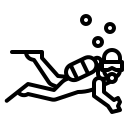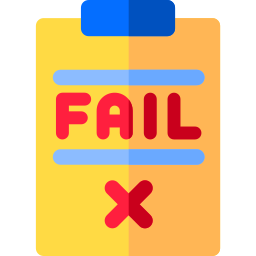The textbook has long been a mainstay of education. Although online textbooks can give students easy (and sometimes free) access to increasingly interactive resources, authors have a bewildering array of tools and publishing models to select from. Software such as asciidoctor.org, bookdown.org, leanpub.com, pretextbook.org, quarto.org, rephactor.com, runestone.academy, zybooks.com, and many others allow instructors to publish course material freed from the constraints of printed paper, monolithic Learning Management Systems (LMSs) and Monolithic Massive Open Online Courses (MOOCs). Join us on Monday 12th of June at 2pm BST (UTC+1) to discuss a paper describing one example: Dive Into Systems an undergraduate textbook on computer systems. We’ll be joined the co-authors of a paper [1] and corresponding textbook by Suzanne Matthews, Tia Newhall and Kevin C. Webb from Swarthmore College, Pennsylvania and the United States Military Academy at westpoint.edu, New York. 🇺🇸 From the abstract of their paper:
This paper presents our experiences, motivations, and goals for developing Dive into Systems, a new, free, online textbook that introduces computer systems, computer organisation, and parallel computing. Our book’s topic coverage is designed to give readers a gentle and broad introduction to these important topics. It teaches the fundamentals of computer systems and architecture, introduces skills for writing efficient programs, and provides necessary background to prepare students for advanced study in computer systems topics. Our book assumes only a CS1 background of the reader and is designed to be useful to a range of courses as a primary textbook for courses that introduce computer systems topics or as an auxiliary textbook to provide systems background in other courses. Results of an evaluation from students and faculty at 18 institutions who used a beta release of our book show overwhelmingly strong support for its coverage of computer systems topics, its readability, and its availability. Chapters are reviewed and edited by external volunteers from the CS education community. Their feedback, as well as that of student and faculty users, is continuously incorporated into its online content at diveintosystems.org/book
We’ll also be discussing options for adding interactivity to textbooks, see diveintosystems.org/sigcse23. So join us to find out more about what the future of textbooks might look like using Dive Into Systems as an exemplar. All welcome, as usual, we’ll be meeting on zoom, details at sigcse.cs.manchester.ac.uk/join-us
Nominate papers you’d like us to discuss at future journal club meetings at sigcse.cs.manchester.ac.uk/papers.
References
- Suzanne J. Matthews, Tia Newhall and Kevin C. Webb (2021) Dive into Systems: A Free, Online Textbook for Introducing Computer Systems SIGCSE ’21: Proceedings of the 52nd ACM Technical Symposium on Computer Science Education, Pages 1110–1116 DOI: 10.1145/3408877.3432514




